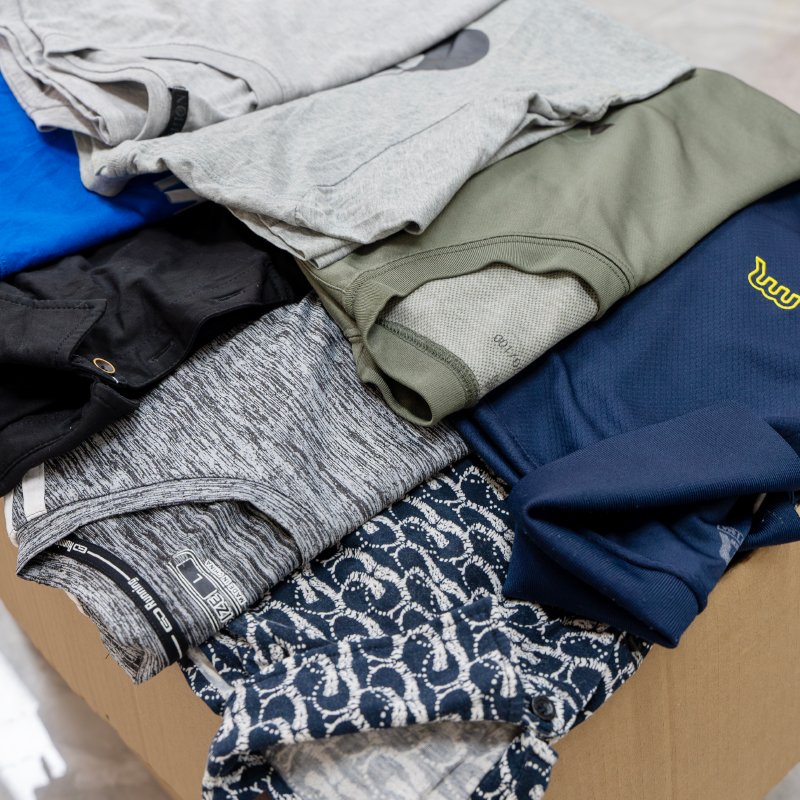Introduction
The global interest in second hand clothing has surged in recent years, driven by a growing awareness of sustainability and a desire for unique fashion finds. China, as a major player in the fashion industry, has also seen a rise in the popularity of second hand clothing. This article serves as a comprehensive guide for individuals and businesses looking to source second hand clothing in China, exploring the market landscape, benefits, challenges, strategies, and best practices.
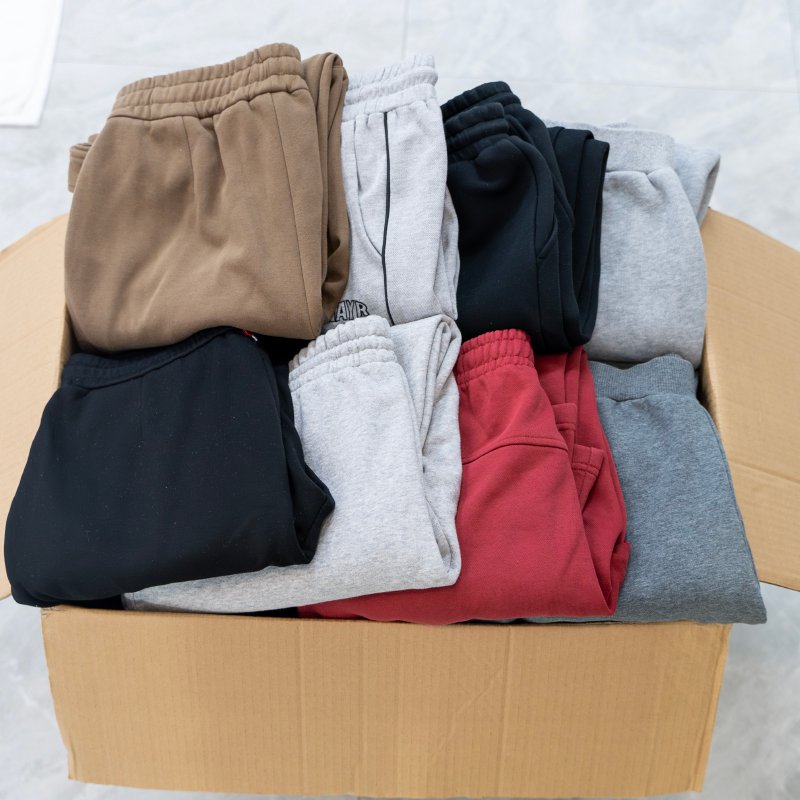
The Market for Second Hand Clothing in China
China’s market for second hand clothing has experienced significant growth, fueled by factors such as increasing environmental consciousness, shifting consumer preferences, and the rise of online platforms. With a large population and a burgeoning middle class, the demand for affordable yet fashionable clothing options is on the rise. Additionally, younger generations are embracing sustainable fashion practices, contributing to the expansion of the second hand clothing market.
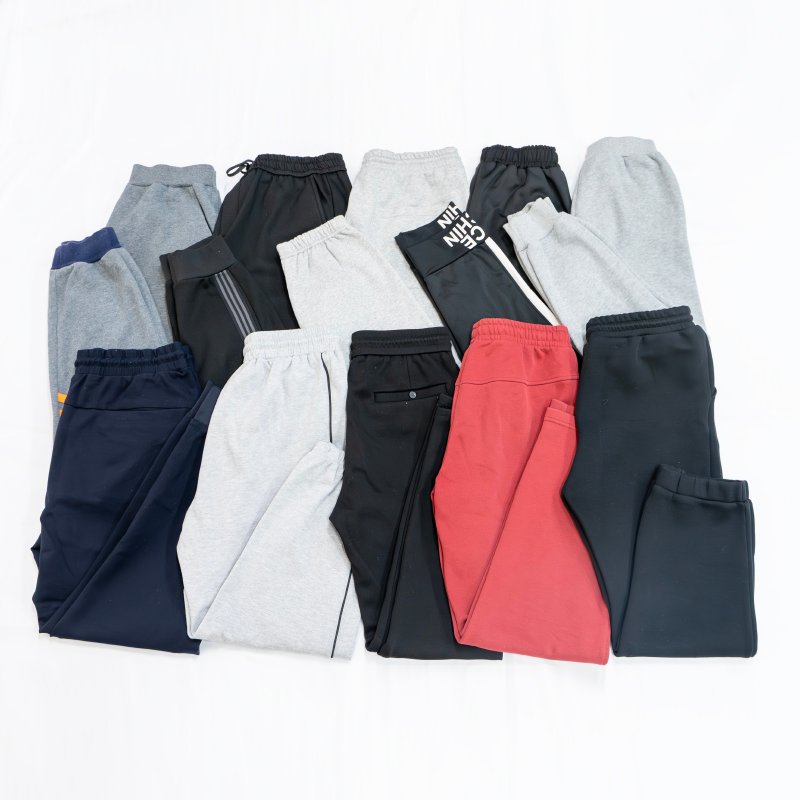
Benefits of Sourcing Second Hand Clothing
Sourcing second hand clothing in China offers various benefits. From an economic perspective, it provides cost-effective options for individuals and businesses alike. Moreover, it aligns with sustainable practices, reducing the environmental impact of the fashion industry by extending the lifecycle of clothing items. Socially, it promotes the circular economy and supports charitable causes through donations and partnerships.
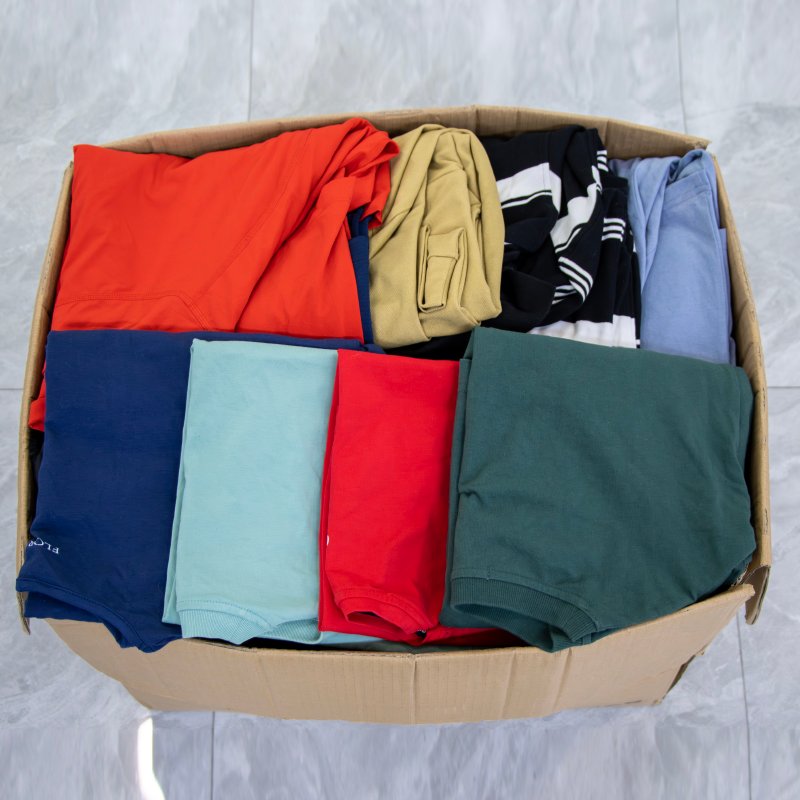
Challenges of Sourcing Second Hand Clothing in China
Despite its advantages, sourcing second hand clothing in China comes with its own set of challenges. Quality control issues may arise due to variations in product conditions, necessitating thorough inspections. Cultural perceptions surrounding second hand clothing may also impact consumer attitudes, although attitudes are gradually shifting. Furthermore, logistical challenges such as supply chain management and distribution can pose obstacles for businesses operating in this sector.
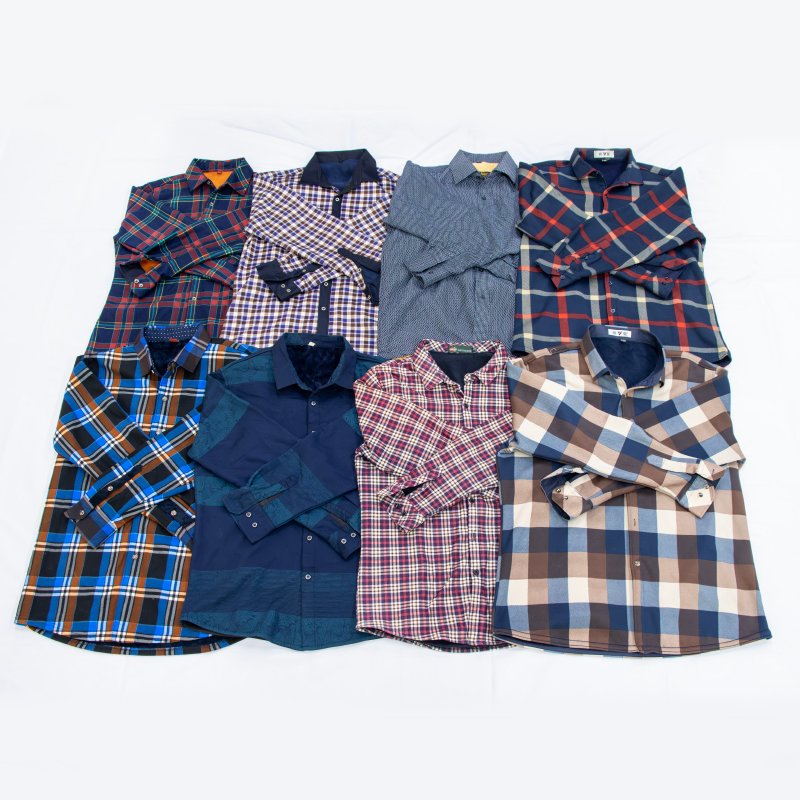
Strategies for Sourcing Second Hand Clothing in China
Navigating the second hand clothing market in China requires a strategic approach. Online platforms provide convenient access to a wide range of inventory, with platforms like Alibaba leading the market. Offline sources, including thrift stores, vintage shops, and flea markets, offer unique finds and opportunities for in-person networking. Building relationships with wholesalers, distributors, and community organizations can also facilitate sourcing efforts.
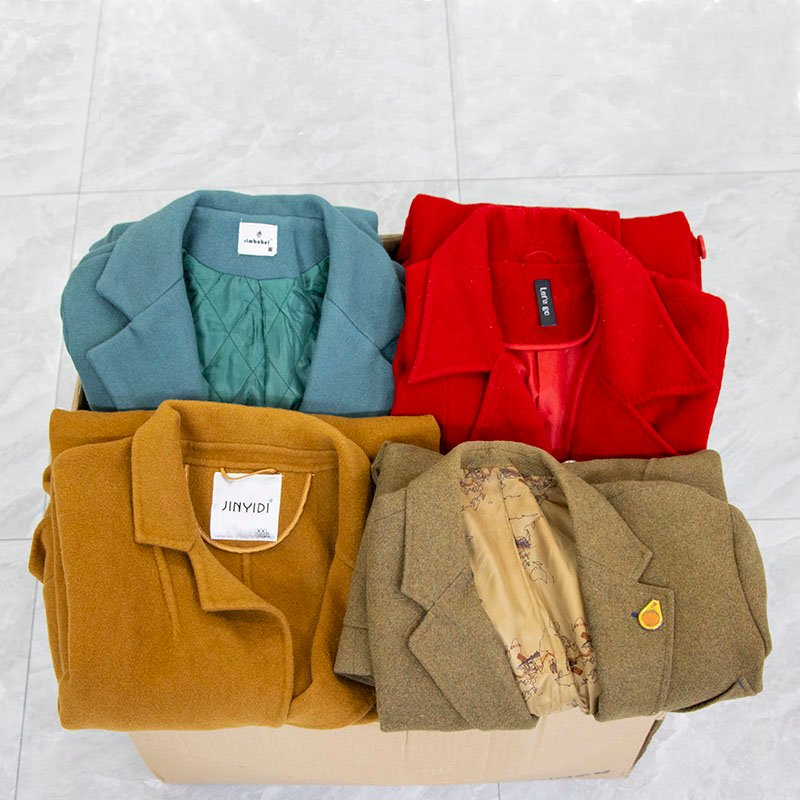
Best Practices for Sourcing Second Hand Clothing
To ensure successful sourcing endeavors, it is essential to adhere to best practices. Conducting thorough quality checks is paramount to maintain customer satisfaction and uphold brand reputation. Effective negotiation skills can help secure favorable pricing terms and establish mutually beneficial partnerships.
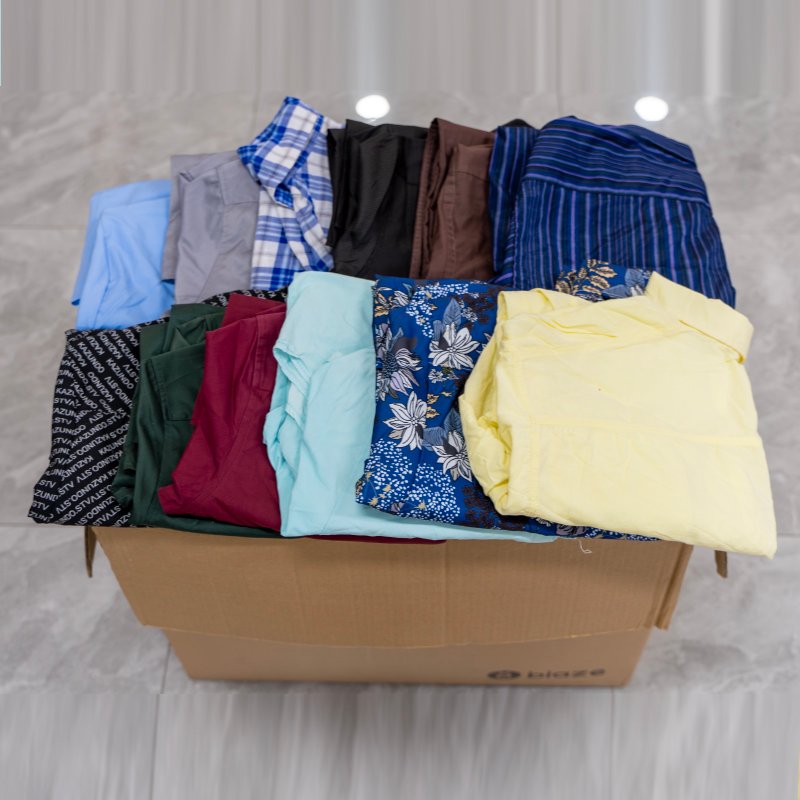
Conclusion
In conclusion, the second hand clothing market in China presents significant opportunities for individuals and businesses seeking sustainable fashion solutions. By understanding the market landscape, embracing its benefits, overcoming challenges, implementing effective strategies, and adhering to best practices, stakeholders can navigate this thriving sector successfully. As consumer preferences continue to evolve, embracing the ethos of sustainability will be key to shaping the future of fashion in China and beyond.
